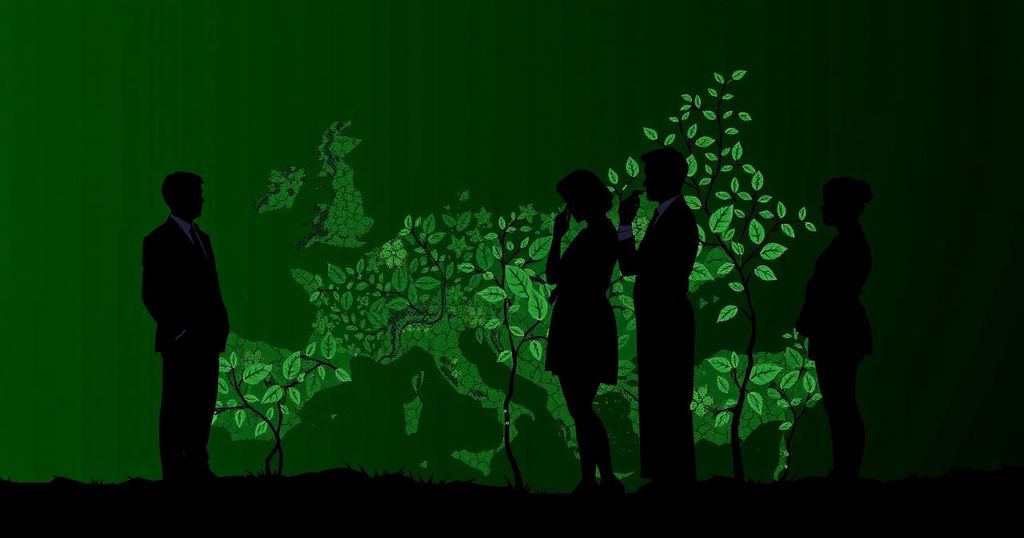Ssshhh, lean in, and I’ll tell you a little secret. The world’s most voracious tea drinkers aren’t nestled in the rolling hills of the UK or the emerald green landscapes of Ireland. No, they call a little-known German region, East Frisia, their home. Tucked away in the flat and sparsely populated north-western corner of Germany, this hidden gem has a fascinating tradition that has captivated the hearts (and taste buds) of tea lovers around the world.
In East Frisia, tea isn’t just a drink, it’s a cultural centerpiece, a tradition as essential as the air they breathe. The locals have turned the act of tea consumption into an elaborate ceremony that awakens the senses and tells a story with every delicate sip. Picture this: a piece of rock sugar resting at the bottom of a cup, eager to be enveloped in the rich aroma of steaming tea. As the tea is poured, a soft, crackling sound fills the air, and the warm liquid nestles against the sugar. Then comes the thick cream, spun meticulously in an anti-clockwise motion to create a beautiful white layer known as “Wulkje.” No stirring is allowed, letting the tea be experienced in three distinct phases—creamy, strong, and sweet. East Frisians savor at least three cups at a time, only stopping when a spoon clinks against an empty cup.
This tea-drinking spectacle isn’t just confined to homes; it has blossomed into a cultural icon, celebrated in tea houses, displayed in museums, and even immortalized by artists. For the folks in East Frisia, tea isn’t a mere morning ritual—it’s woven into the fabric of their lives, sipped with breakfast, throughout the day, and sometimes even before bedtime. This deep-rooted tradition has been passed down through generations and has carved its place among Germany’s cherished intangible cultural heritage.
But East Frisia’s tea mastery didn’t come easily; historically, tea was a luxury exclusively enjoyed by the wealthy until the British began cultivating it in Assam, India, making it accessible to all. With the momentum of a movement to fortify regional German identities in the late 19th century, East Frisians proudly claimed the traditional tea-drinking method as their own.
Fast forward to today, and the region’s leading tea brands, Bünting, Thiele, and Onno Behrends, are still diligently crafting their tea mixtures. Tea tasters ensure that the taste, aroma, and color of the tea remain consistent, reflecting both the makers’ dedication and the region’s unique identity.
You can immerse yourself in the beauty of East Frisian tea at the region’s museums or experience the authentic tea ceremony at tea houses across the land. East Frisia’s tea culture is more than a mere tradition; it’s a heritage—a piece of home that every East Frisian holds close to their hearts. Come, take a sip, and let the story of East Frisian tea unfold on your palate.

Leave a Reply